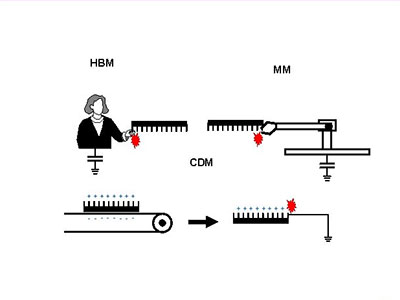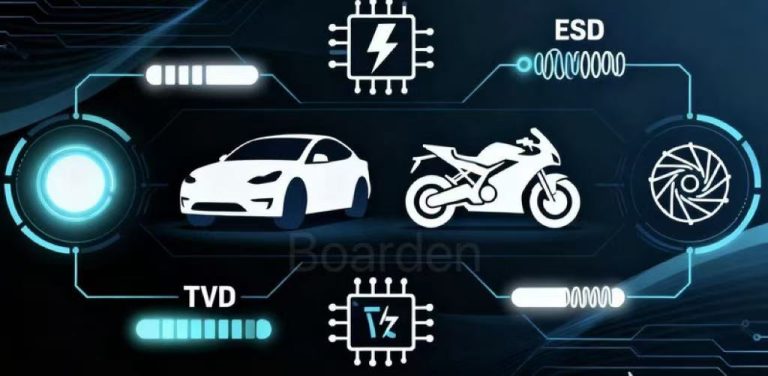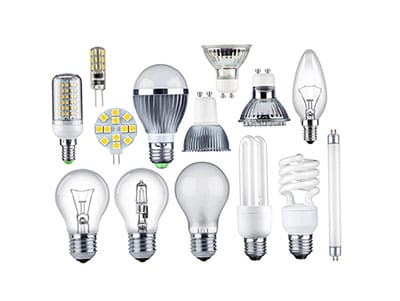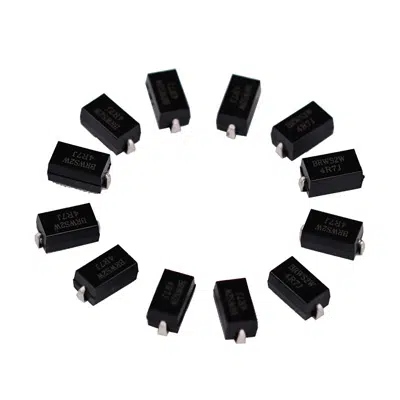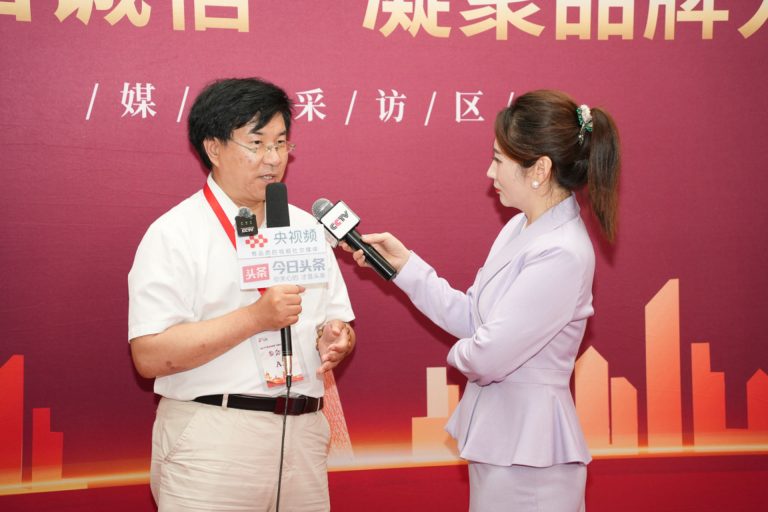Overview of Circuit Protection Methods
Circuit protection is at the core of safety and reliability in modern electrical systems. Whether in industrial environments, commercial buildings, or residential applications, proper circuit protection is essential to prevent fires, equipment damage, and personal injury caused by short circuits, overcurrents, or other electrical faults.
In today’s Boarden Knowledge Hub, we will take a closer look at the relevant standards in the North American market, such as the NEC (National Electrical Code), the CEC (Canadian Electrical Code), as well as UL / CSA safety certifications.
We will outline different circuit protection methods and illustrate them with typical application cases.

Circuit Protection in the North American Market
Core Concepts and Definitions
- Branch Circuit: The conductors and components that supply power to a load after passing through an overcurrent protective device.
- Branch Circuit Protection: Primarily protects wiring to prevent fires caused by overcurrent or short circuits. Typical devices include circuit breakers and fuses.
- Supplementary Protection: Provides additional, more precise protection for specific devices or internal circuits, beyond branch circuit protection. It cannot replace branch circuit protection.
- Circuit Breaker: In North America, typically refers to devices compliant with UL 489 or CSA 22.2 No. 5. They can manually switch circuits, and moreover, they automatically disconnect when the system detects an overcurrent.
- Supplementary Protector: Devices compliant with UL 1077 or CSA 22.2 No. 235, designed to protect the equipment itself rather than the wiring.
Major Circuit Protection Methods and Standards
1. UL 489 — Branch Circuit Breakers
- Primary Use: Required by the NEC to protect feeders, service lines, and branch circuits, mainly to prevent overheating and fire hazards in wiring.
- Physical Characteristics: Requires larger clearance and creepage distances (e.g., 1 inch through air and 2 inches over the surface at 600V AC), resulting in relatively larger device size.
- Rated Current: Generally applied at 80% of rated continuous current unless specifically marked for 100% operation.
- Fault Current Capability (AFC): Typically very high, often 50–100 kA or more, suitable for high fault current environments.
- Extended Applications: These devices can be used for motor branch circuit protection and also serve as disconnecting means.
2. UL 1077 — Supplementary Protectors
- Primary Use: Protects electrical loads (e.g., motor coils, PLC I/O, power supplies), supplementing but not replacing UL 489 breakers.
- Installation Requirement: Must be installed downstream of an existing branch circuit protection device.
- Physical Characteristics: Requires smaller creepage and clearance distances (3/8 inch through air and 1/2 inch over the surface at 600V AC), making devices more compact and suitable for equipment integration.
- Rated Current: Can be applied at 100% of rated current.
- Fault Current Capability: Typically lower, around 10 kA or less.
- Test Ratings: UL 1077 allows multiple short-circuit test ratings. For example, the “U2” rating means the device can withstand short-circuit tests without a series fuse and can be recalibrated, offering greater application flexibility.
3. UL 508 — Industrial Control Equipment
- Type E Self-Protected Devices: Integrated motor controllers combining circuit breaker, branch circuit protection, motor disconnect, and motor overload protection in one unit.
- Application Advantage: Simplifies installation, especially in motor control combinations, eliminating the need for upstream protective devices.
- Requirements: Must be lockable in the “off” position and clearly indicate whether a trip was caused by overload or short circuit. Line terminals must meet UL 489 spacing requirements.
Application Scenarios and Case Studies
- Residential Garbage Disposal: A 15A breaker (UL 489) in the wall protects house wiring, while the small reset button on the disposal itself is actually a UL 1077 supplementary protector.
It trips at only 1–2A to protect the motor from damage. - Industrial Control Panels:
- Control Transformers: Engineers commonly apply supplementary protectors on the secondary side, since transformer impedance limits fault current..
In some cases, engineers also apply them on the primary side when upstream branch circuit protection already exists. - Fixed Loads (e.g., resistive heaters):
With proper upstream short-circuit protection, supplementary protectors improve selectivity and ensure that only the faulted branch disconnects. - Control Circuit Outlets: Outlets inside control panels for PLC programming or diagnostics may use supplementary protectors if correctly marked with intended use and current rating.
- Control Transformers: Engineers commonly apply supplementary protectors on the secondary side, since transformer impedance limits fault current..
Important Considerations
- Motor Load Protection: Supplementary protectors are generally not intended for motor protection, unless explicitly “Motor Rated” with OL1 overload classification.
- Power Transformers: In the U.S., transformers rated above 2 kVA require branch circuit protection on both primary and secondary sides.
- Compliance First: Proper device selection in accordance with NEC, CEC, UL, and CSA standards is essential for safety and reliability.
Understanding the distinctions among protection types ensures correct application.
Conclusion and Industry Value
In the North American market, the circuit protection framework is largely built around:
- UL 489 Branch Circuit Breakers — focused on wiring and fire prevention.
- UL 1077 Supplementary Protectors — focused on equipment-level protection.
- UL 508 Industrial Controllers — offering integrated solutions.
Selecting and applying these devices correctly ensures safety while improving system reliability and efficiency.
About Boarden
Boarden Electronics has long been dedicated to circuit protection components and solutions, providing one-stop protection strategies.
Our product portfolio includes MOV varistors, MLV high-energy chip varistors, TVS diodes, GDT gas discharge tubes, SPD modules, and more.
All products comply with international certification standards and are widely used in lighting, household appliances, industrial control, and renewable energy applications.
For more information on circuit protection device applications and selection, please contact Boarden for technical support and sample requests.
